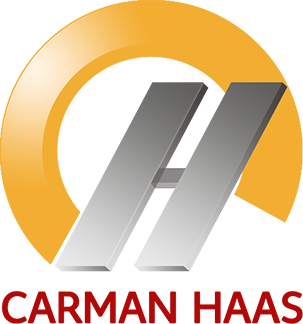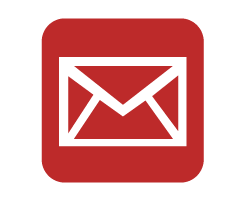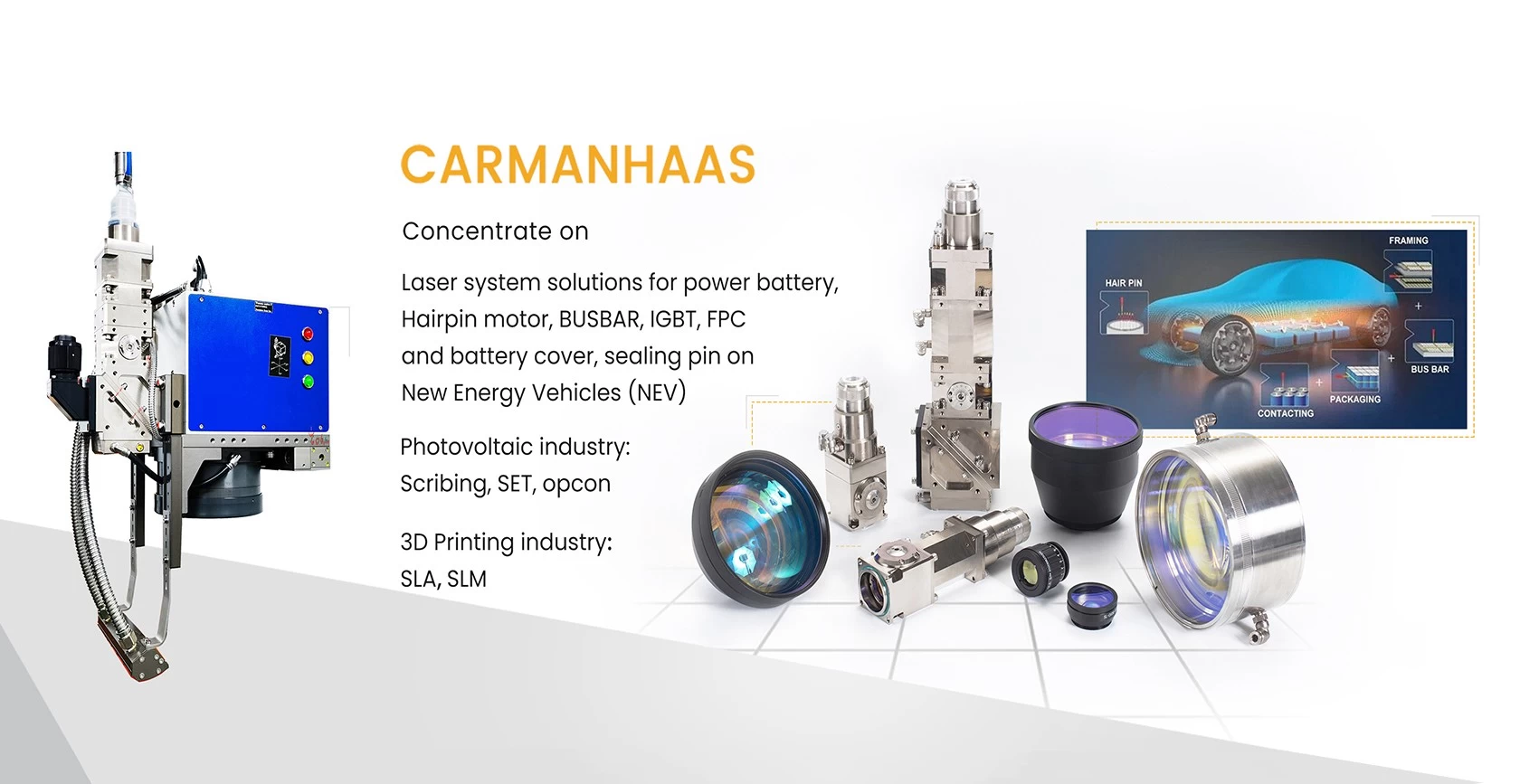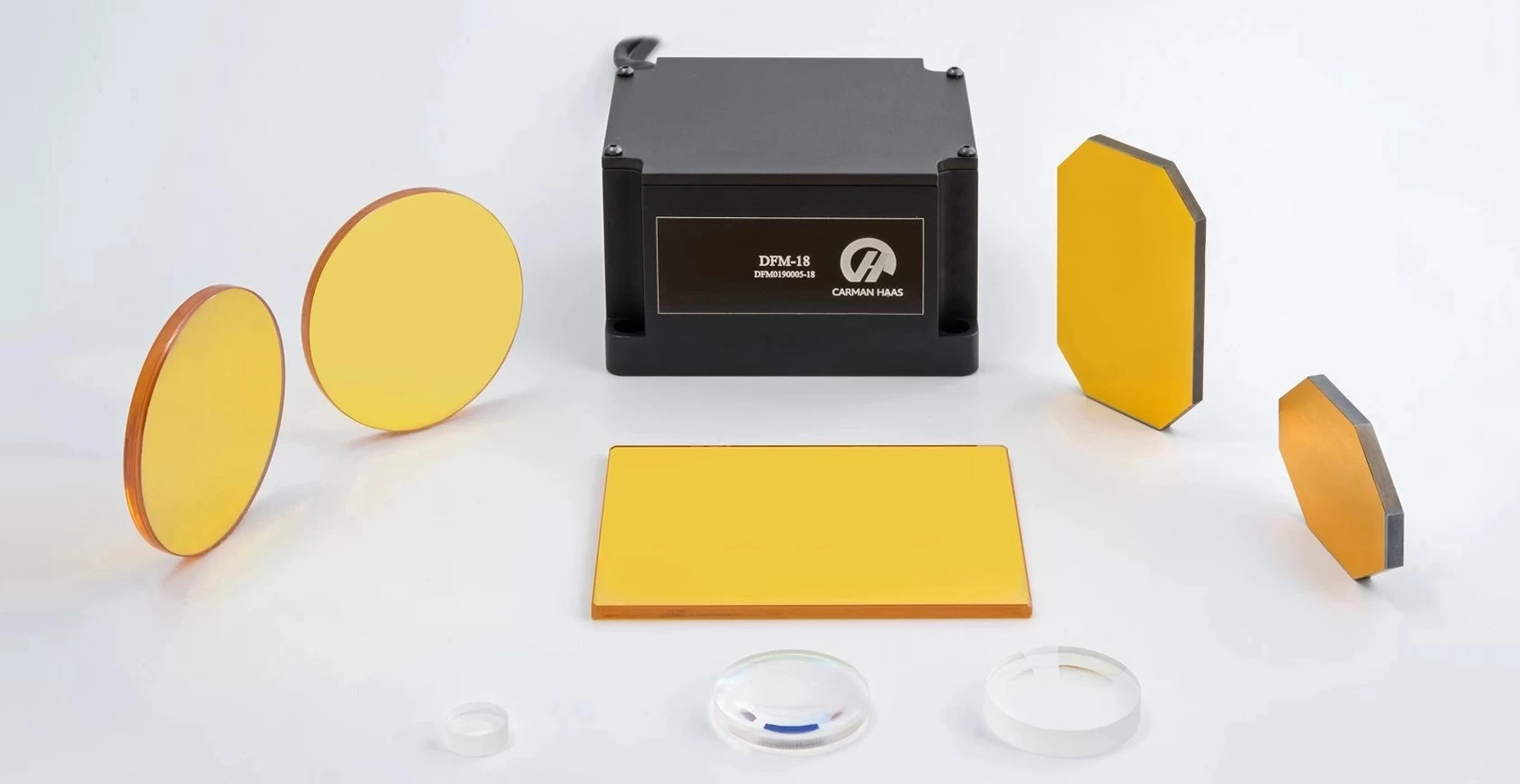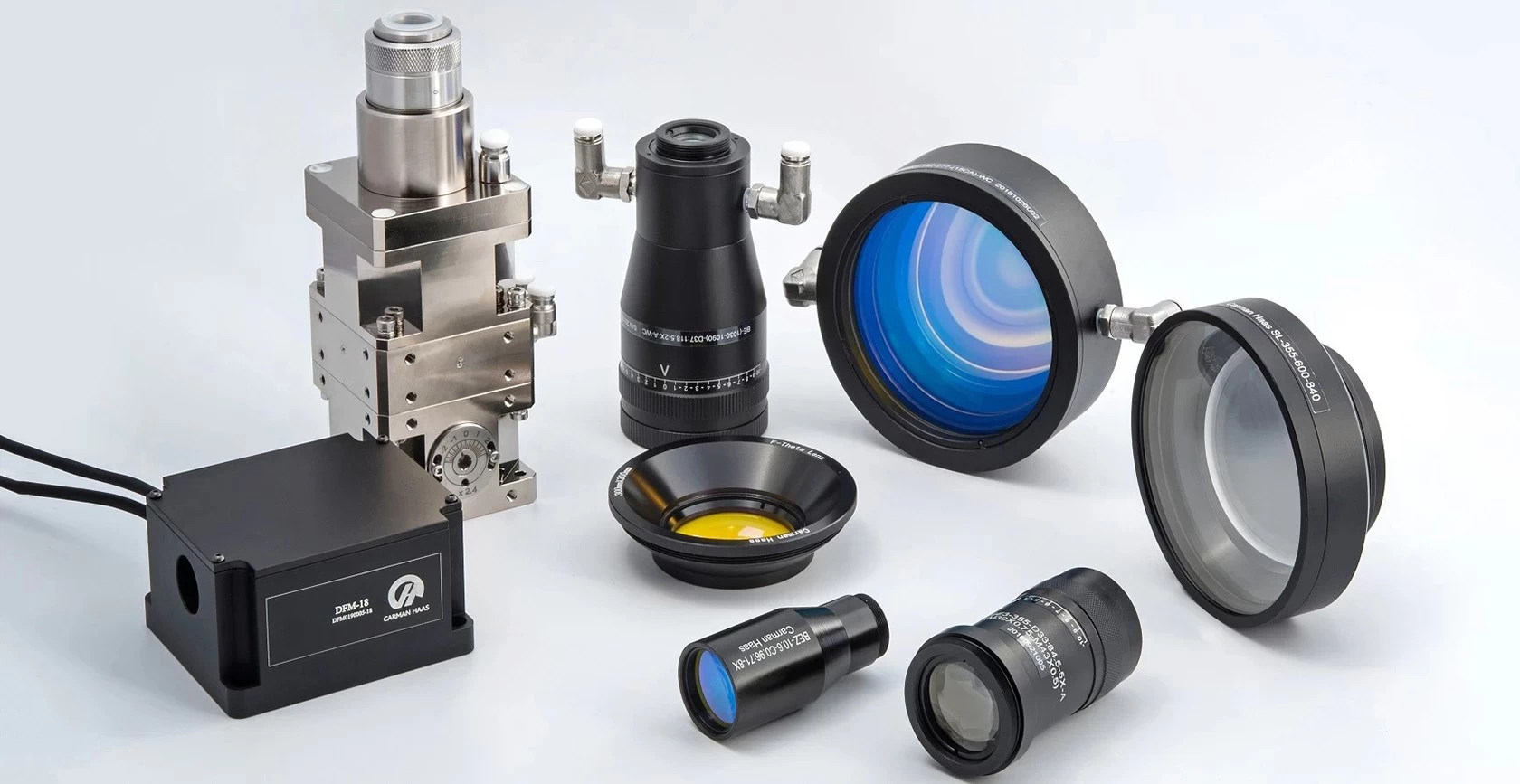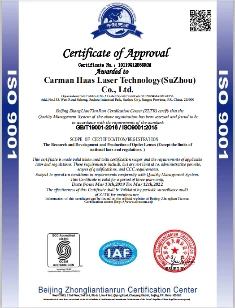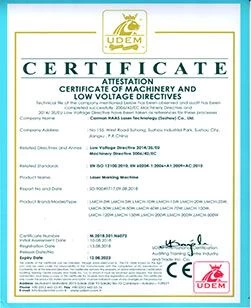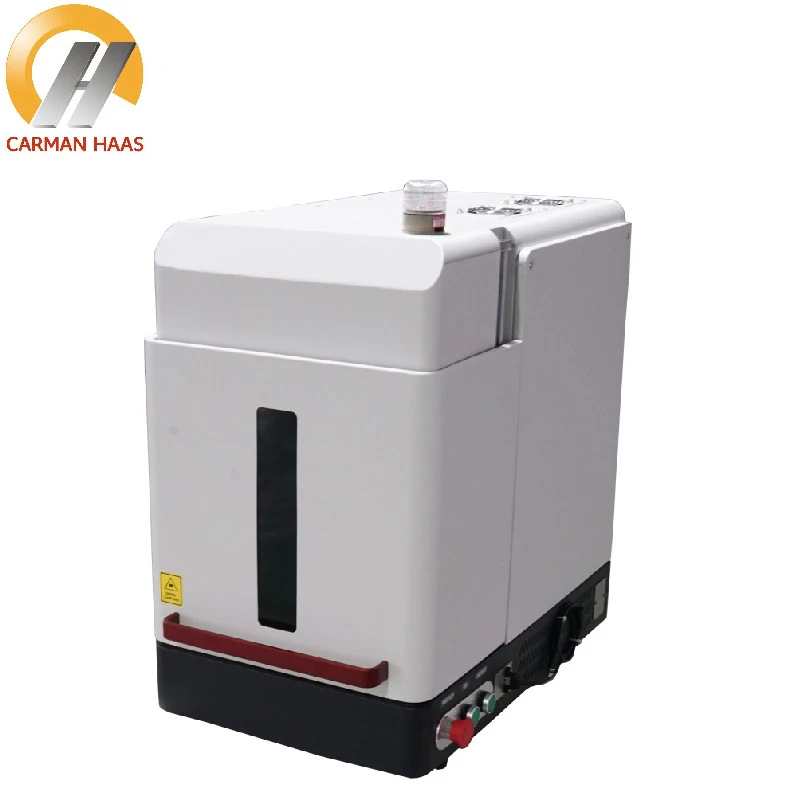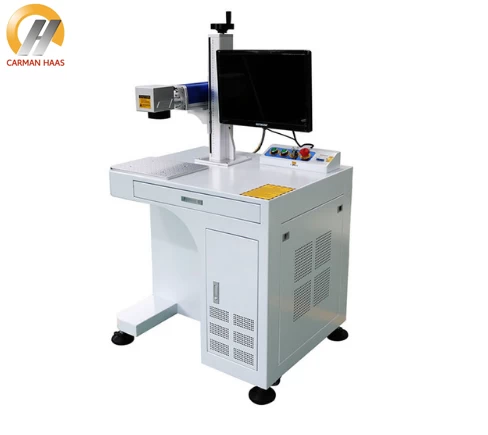Process flow of optical parts processing
The technological process of optical parts processing varies with the processing method. There are two main types of processing methods for optical parts: traditional (classical) processing technology and mechanized processing technology. Small and medium batches are mainly based on traditional processing technology. The main characteristics of traditional crafts are:
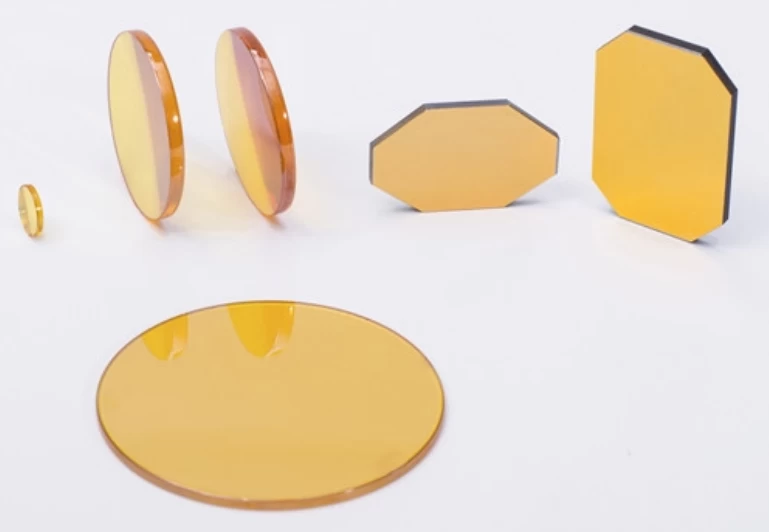
fiber laser galvo mirrors factory
(1) Use loose grain abrasives and general-purpose machine tools to grind optical glass by contour forming method. In the operation, the rosin asphalt adhesive is mainly used for bonding the upper plate. Firstly, the parts are rough and finely ground with emery, and then the parts are polished with rosin tar polishing mold and polishing powder (mainly cerium oxide). The factors that affect the process are many and changeable, and the processing accuracy is also variable, usually on the order of several wavelengths. High precision can reach the order of several hundredths of a wavelength.
(2) The manual operation is large, the procedures are many, and the operators have high technical requirements. For machine tool accuracy, tool clamps and abrasive tools are not so demanding, and they are suitable for multi-variety, small-batch, and large-variable machining processes.

Co2 Laser Head With Mirror Mount wholesales
The traditional processing process, taking a lens as an example, goes through the following steps in sequence:
Material selection-cutting-leveling-rubber strips-spheronization-open spherical surface-rough grinding spherical surface-upper plate-fine grinding-polishing-bottom plate;
The second face plate-fine grinding-polishing-bottom plate-centering and edging-coating-lens bonding.
(1) Blank processing. Including selecting the appropriate block material according to the optical parts drawing, cutting and leveling, dividing, rubber strips, spheronizing.
(2) Rough grinding. Make the surface roughness and spherical radius meet the fine grinding requirements. In the traditional process, rough grinding is performed in a single piece. Generally, in factories that use traditional processing techniques, the rough grinding workshop often includes blank processing.
(3) Upper plate: After rough grinding, after cleaning, the lens blanks are combined into a plate with the same radius. That is, the scattered lenses are fixed on the spherical adhesive film by bonding glue. It should be noted that the processed surface of each lens blank must be on the spherical surface of the same radius when forming the disc.

CO2 Cutting Machine Parts manufacturer china
(4) Fine grinding and polishing process. When processing the first surface, there is generally no need to disassemble the disc during the fine grinding to polishing process, that is, one disc at a time. In operation, first use three to four layers of steel grit with successively finer grains to grind the processed surface to the required surface roughness for polishing, and then clean and polish. Polishing is performed with a polishing mold with a certain radius and polishing powder. After processing one side, apply a protective film, turn it over and put it on again. Fine grinding and polishing the second surface.
(5) Centering and edging process. The optical axis and positioning axis will deviate (called eccentricity) during lens processing. The task of centering and edging is to eliminate eccentricity and make the radial dimension of the side cylindrical surface meet the assembly requirements. Traditional edging is often performed on an optical centering edging machine.
(6) In the process of coating, the lens with light transmission requirements on the surface should be coated with antireflection coating. The spherical mirror should be coated with reflective film. Some have to be plated with films of other properties, which are determined by design according to the requirements of use.
(7) Gluing process. Lenses that require high image quality are often cemented by several lenses. Gluing should be done after coating.
